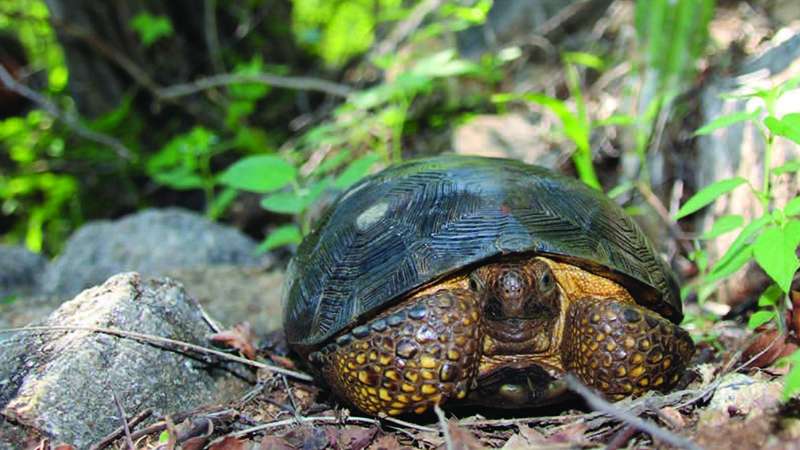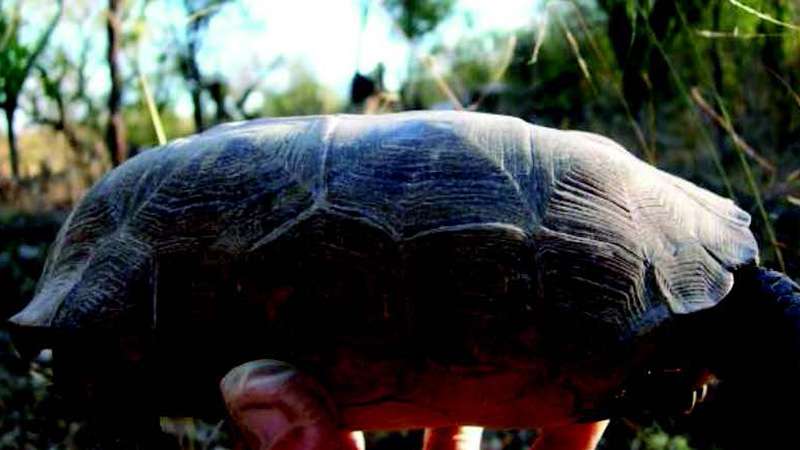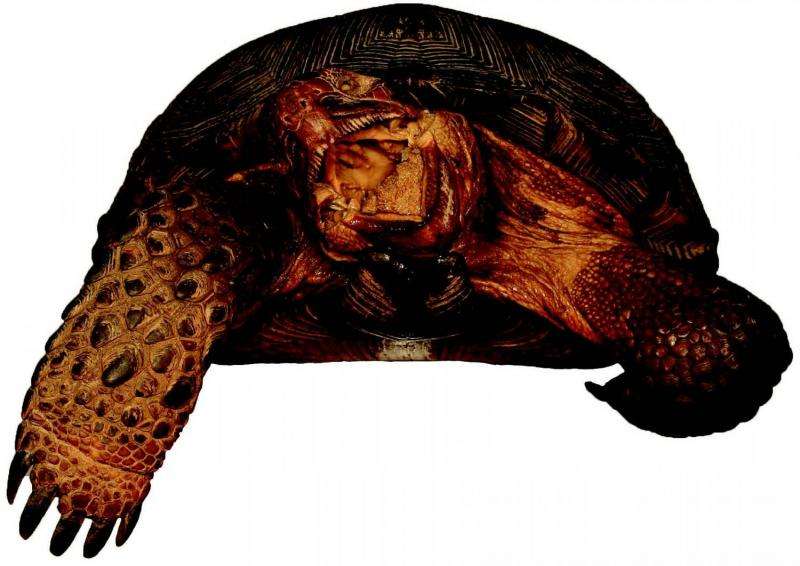The third sister: Long-suspected third desert tortoise species proven to exist in Mexico

The huge variability among the desert tortoise populations of Mexico has finally been given an explanation after casting doubts for several decades. The puzzle was solved by an international team of researchers, led by Dr. Taylor Edwards, The University of Arizona, who teamed up to find out whether there has been a previously unknown third sister species all along. Moreover, unlike their predecessors, the team have managed to provide enough evidence to prove its existence. Their study is published in the open-access journal ZooKeys.
Distributed over a large area stretching from the Mojave and Colorado deserts in the United States to mainland Mexico, the tortoise populations were noticed to vary distinctly back in 1945, when scientists pointed out that the southern populations were suspiciously different. However, due to lack of enough samples and, therefore research, there was not enough evidence to prove that they were in fact two separate species.
Over the span of six years, the team of Dr. Taylor Edwards measured a multitude of tortoises during their field trips in Sonora and northern Sinaloa. This is how they concluded that the southern populations stand out with their significantly shorter tails and flatter carapaces. Unlike its sister species, whose shells are medium to dark brown with greenish hues, while the bodies are dark gray to brownish-gray, the new tortoise is dark tan to medium-brownish with an orange cast.
The new species inhabits exclusively thornscrub and tropical broadleaf forests, which is the reason why out of the three it is the one occupying the smallest geographic range, extending over approximately 24,000 km2.

Although there is not much information about their behaviour, it is presumed that the tortoises activity is strongly correlated with the monsoonal rains and the vegetation growth. The biologists have observed that the adults begin their seasonal activity in June, shortly before plant growth and the monsoons. Then, in December, they would cover underground in their dens, where they would spend the dry and cool winter season.
The new species, called Gopherus evgoodei, receives its name in honour of Eric V. Goode, a conservationist, naturalist, and founder of the Turtle Conservancy.
"He has contributed generously to the conservation of this species via the preservation of land in Mexico, and he actively pursues the conservation of turtles and tortoises on a global scale," point out the researchers. "Eric sets an important precedent by complementing thistaxonomic description with a tangible action that contributes to the conservation ofthe new species in its native habitat".

More information: Taylor Edwards et al. The desert tortoise trichotomy: Mexico hosts a third, new sister-species of tortoise in the Gopherus morafkai–G. agassizii group, ZooKeys (2016). DOI: 10.3897/zookeys.562.6124
Journal information: ZooKeys
Provided by Pensoft Publishers

















